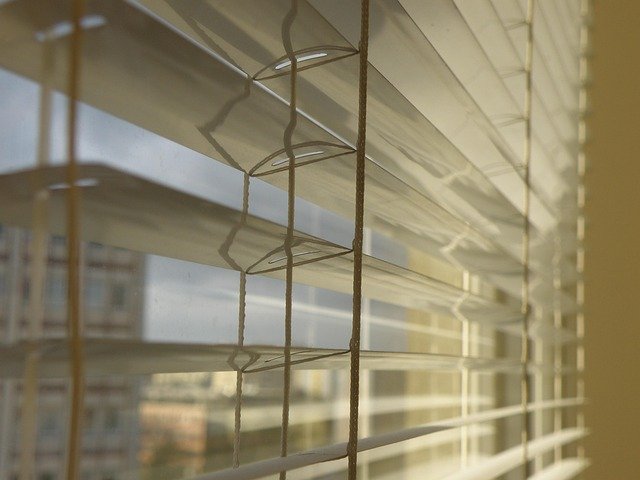"Revitalizing Your Space: The Transformative Power of Color Psychology in Home Design"
Introduction: Ever caught yourself feeling differently in a room simply because of its color? Welcome to the fascinating world of color psychology in home design. This article explores how color influences our emotions, behaviors, and overall comfort in our personal spaces. It further delves into the current trends and practical applications of this transformative design concept.

A Canvas of Color: The Historical Context
Color psychology, the study of hues’ impact on human behavior, has been a topic of interest since ancient times. Egyptians used colors for their holistic properties, while Chinese and Indian cultures incorporated color symbolism into their architecture and interior design. In recent years, this ancient knowledge has been revitalized, becoming a significant trend in modern home design.
The Colorful Present: Current Design Trends
Today, the use of color psychology in home design is not just about aesthetics—it’s about creating a space that resonates with the dwellers’ emotions and lifestyle. For instance, a blue hue, known for its calming properties, is often used in bedrooms for a serene environment. On the other hand, vibrant colors like red and orange, known for their energy-boosting effects, are perfect for social spaces like the living room.
The Practical Palette: The Utility of Color Psychology
Understanding color psychology allows homeowners to curate spaces that enhance their daily living. A well-chosen color scheme can create a productive home office, a tranquil bedroom, or a lively kitchen. Market trends suggest that homeowners are increasingly seeking design solutions that prioritize personal comfort and emotional well-being, making color psychology a practical and popular choice.
Beyond the Surface: The Deep Impact of Colors
While it may seem superficial, color psychology’s impact goes beyond mere aesthetics. Research has shown that colors can influence our mood, productivity, and even our perception of the room’s size. Bright colors can make a small room appear larger, while dark hues can create an intimate, cozy atmosphere.
Paint the Future: The Evolving Role of Color Psychology
As we move towards a future where our homes are not just living spaces but also our offices, gyms, and classrooms, the role of color psychology in home design is set to become even more crucial. By leveraging this knowledge, homeowners can create multifunctional spaces that cater to various needs without compromising on comfort or style.
In conclusion, color psychology offers a unique and effective approach to home design. By understanding the emotional and behavioral impacts of different hues, homeowners can create spaces that are not just beautiful, but also emotionally resonant. As we continue to spend more time at home, the ability to create such spaces will become increasingly valuable. So, the next time you pick up a paintbrush, remember—you’re not just painting your walls, you’re painting your mood.




